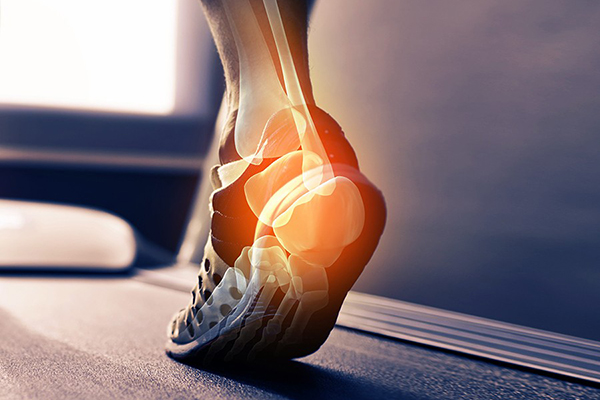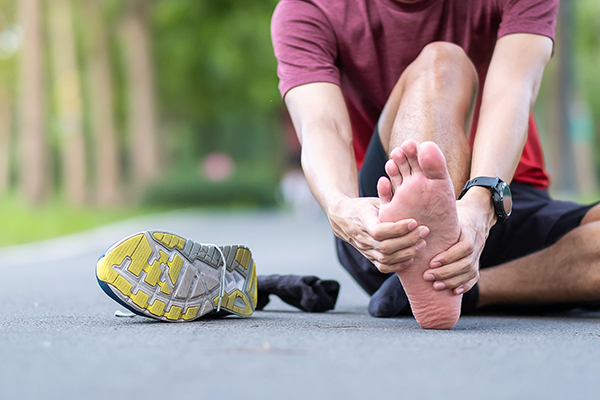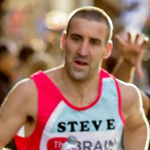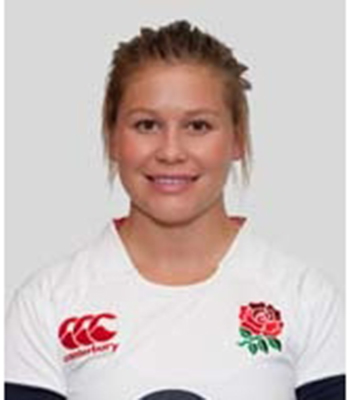Foot & Toe
Injuries
Think about what your feet do for you as you go about your day. A foot injury can make your daily activities not only inconvenient but also difficult. As a level 6 sports therapist I am committed to accurately diagnosing your foot condition and then creating a treatment plan based on your specific needs. My goal is to get you back to your normal activities as quickly and comfortably as possible.


Common treatable conditions include:
– Plantar Fascitis
– Fat Pad Atrophy
– Stress Fractures
Plantar fasciitis, or plantar fasciopathy, is a foot condition that gradually worsens over time as a result of repetitive stress. This can cause inflammation that builds up in a thick band of tissue that connects your heel bone to your toes. In most cases, plantar fasciitis develops due to age, activities that place a lot of stress on your heel such as running and poor foot mechanics.
Common symptoms of plantar fasciitis include:
- Heel pain after an increase in activity
- Pain in the arch of the foot, toward your toes
- Sharp pain that slowly goes away after you take your first steps in the morning or if you have been sitting for an extended period of time.
Your therapist will develop a care plan that works with the pace of your healing to get you back to your favorite activities. This plan may include hands-on treatments, taping, use of orthotics and progressive exercises.
Fat pad atrophy is a condition in which the fatty cushion of the foot’s plantar — which can be the heel or the forefoot — breaks down. In most cases, fat pad atrophy causes pain in the heel.
Your physical therapy team provides treatment for fat pad atrophy using pain and foot exercises that help with inflammation and improve flexibility. You can also help alleviate symptoms by improving the cushioning under your feet with:
- Cushioned socks
- Heel cups
- Shoe inserts
- Shoe padding
Stress fractures in the foot are typically caused by overuse and are most common in individuals who run long distances. The most common stress fracture in the foot is called a calcaneal stress fracture or when you break part of your heel bone. Common symptoms of a calcaneal stress fracture include:
- A bruised heel
- Pain that worsens over time and becomes worse when weight-bearing
- Pain when squeezing the heel bone
Treatment for stress fractures in the foot varies depending on the severity of your injury. In most cases, you will need to rest and stay off your feet as much as possible (sometimes wearing a cast). During this time, it’s important to work with your sports therapist to maintain your fitness through non weight-bearing activities such as swimming and cycling.
Your sports therapy team will also help you regain the muscle and flexibility throughout your leg following your period of rest to help get you back to your everyday activities as soon as possible.








